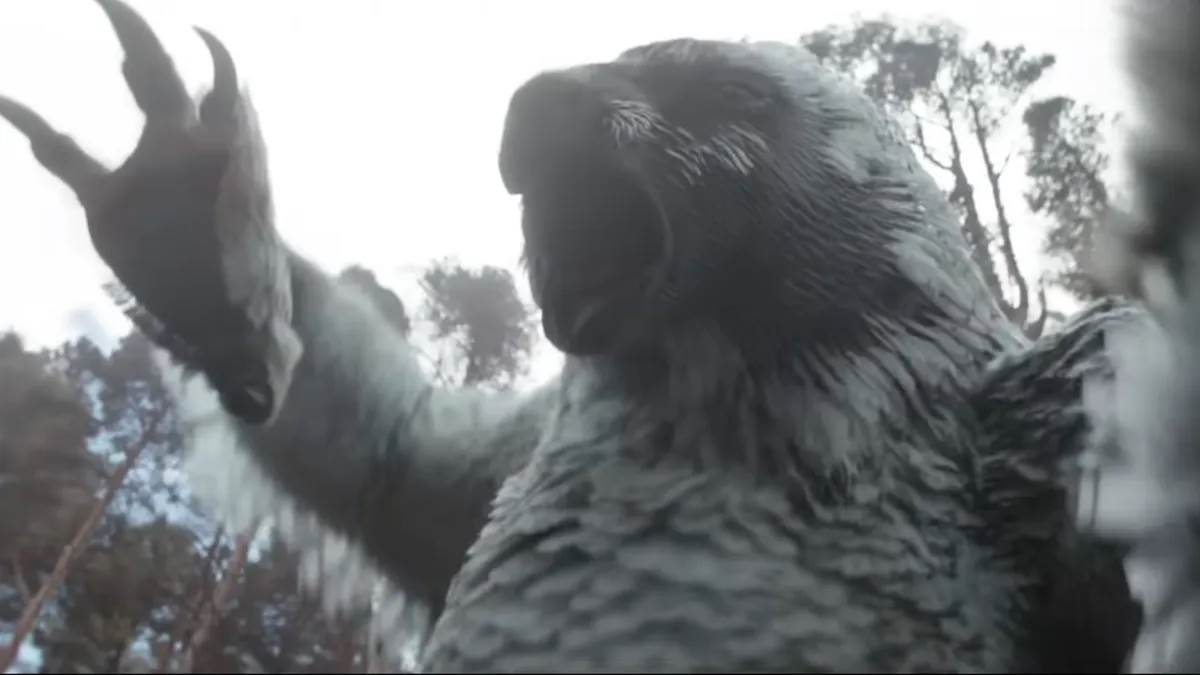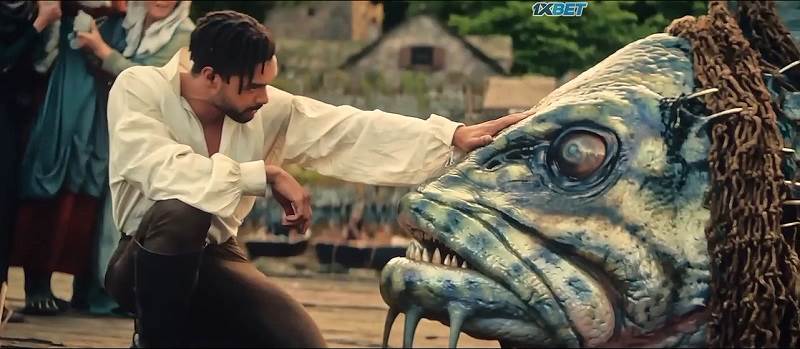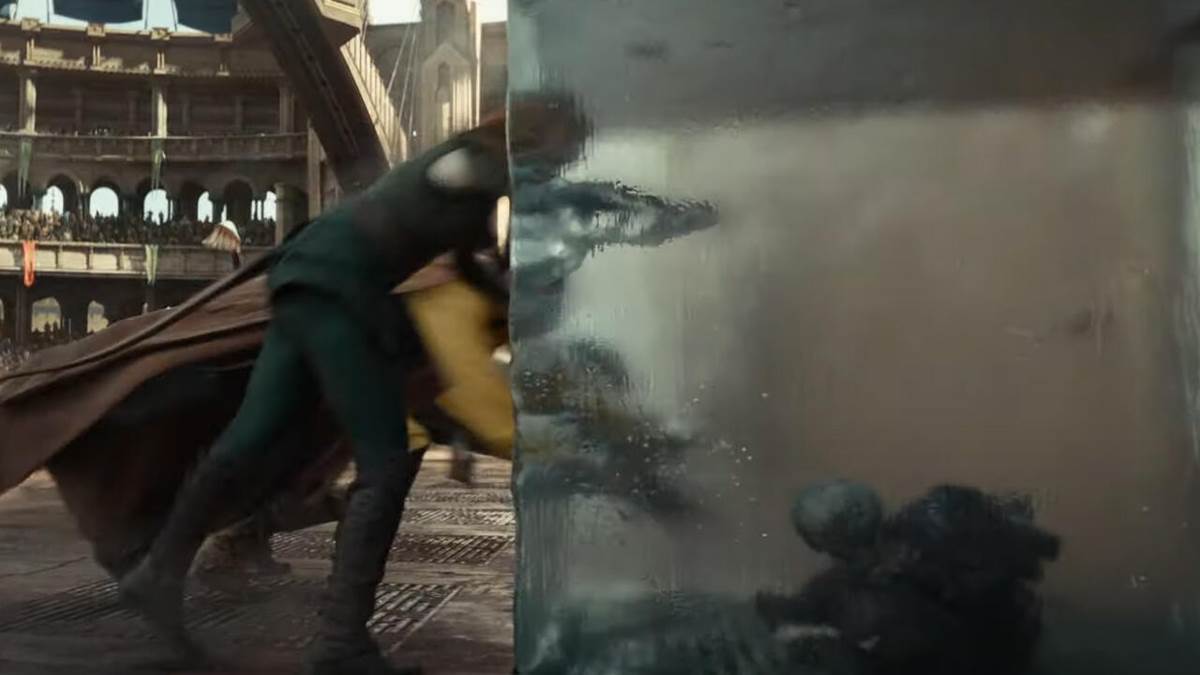SIGGRAPH 2023: The Visual Effects of “Dungeons & Dragons: Honor Amongst Thieves”
In the grand scheme of things when it comes to our website, it might seem a bit of a stretch that I’m writing about the Paramount Pictures film, Dungeons & Dragons: Honor Amongst Thieves. At which point you must remember that part of the team responsible for the visual effects of the film were done by the Disney-Owned Industrial Light and Magic (ILM).
Ah, there it is.
As part of SIGGRAPH 2023, a special presentation was held that took a closer look at these effects, and how ILM collaborated with Legacy Effects to blend practical effects with digital effects in a seamless way.
In the film, a charming thief and a band of unlikely adventurers undertake an epic heist to retrieve a lost relic, but things go dangerously awry when they run afoul of the wrong people. As part of the lore of the famous role playing game franchise, Dungeons & Dragons: Honor Among Thieves brings the rich world and playful spirit of the legendary game to the big screen in a hilarious and action-packed adventure.
The panel, led by VFX Supervisor Ben Snow, consisted of the usual Visual Effects fare - how things were modeled and sculpted digitally, etc. However, in what must be a rarity for a conference focused on computer graphics and animation and digital technologies, a large portion of the conversation focused on the practical effects of the production, really only hinting at the digital development of the creatures and makeup effects to keep it relevant for the conference.
A strong focus was put on a giant fish character that they wanted to keep true to the lore of the story, but also show off the heroic nature of Xenk, played by Rege-Jean Page. In the sequence, he saves a baby from the mouth of the creature. While the creature was a practical effect, a lot of the emotion conveyed by the creature was digitally enhanced for a better performance, though the mouth, eyes, and fish itself were controlled on set, live.
The same was true for this effect, with talking corpses conceptualized in a computer and brought to life practically before being enhanced again - which was played to a crowd of roaring laughter, and likely made anyone who hadn’t seen the film figure out where to see it now.
One thing that is sure to please fans, especially those of ILM and their technologies, is the way they used their proprietary software for ILM Stagecraft, which is more commonly known for its use on the Disney+ series, The Mandalorian. While the filming techniques were not exactly the same as the aforementioned hit series, a lot of the software in use by the VFX team was during the labyrinth scene, with new algorithms built so the could fully come to life with ease, adding dimension and realism to the virtual space. And all hail open source software, some of this was done using a GNU image manipulation platform known to many students and industry professionals - GIMP.
Using the technology, over 3,000 pillars were created for the labyrinth and ILM’s proprietary software, Zeno, was used to blend in the live-action film aspects with the digital technology, bringing the massive labyrinth to life. Not to mention the creatures that live in the maze, including the Displacer Beasts and the legendary gelatinous cubes. Take a look at the final product below.
Another brilliant example of the collaboration efforts between ILM and Legacy Effects was the impressive Owl Bear, a creature seen earlier in the film that comes to save the day at the end of the picture. Attendees of the panel were treated to multiple passes showing the various stages of the creature when it returned at the finale, and the great lengths that animators took to ensure the villain would not return again. If you’ve seen the film, you know what I’m referring to. These passes include pre-visual mockups, all the way through texture modeling, adding elements like fur and feathers against the character animation, and then the final sequence as it appeared in theaters.
You can see these visual and practical effects and more in Dungeons & Dragons: Honor Amongst Thieves.




